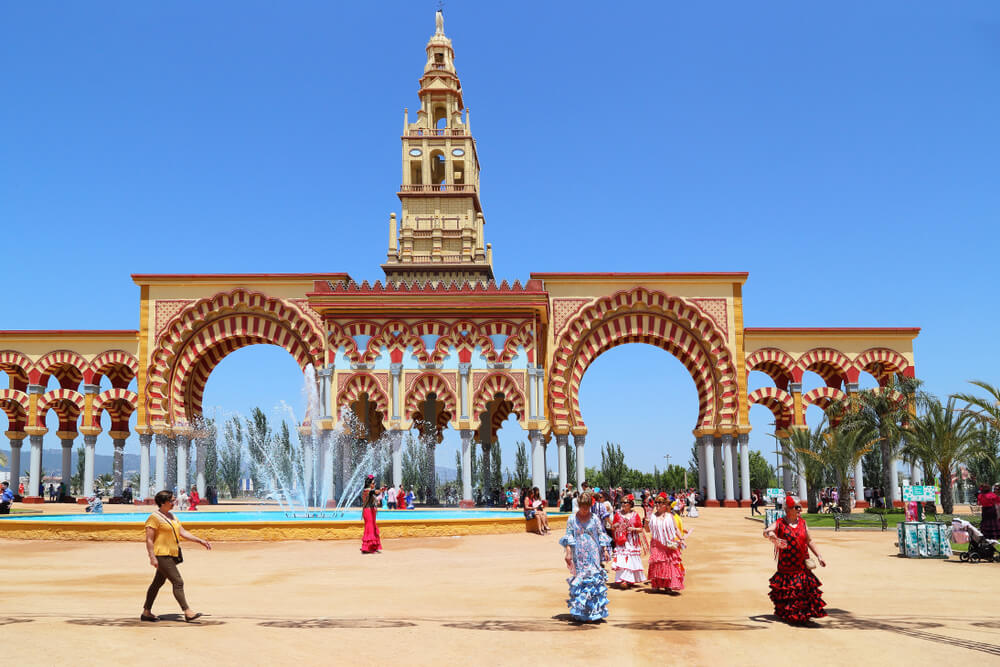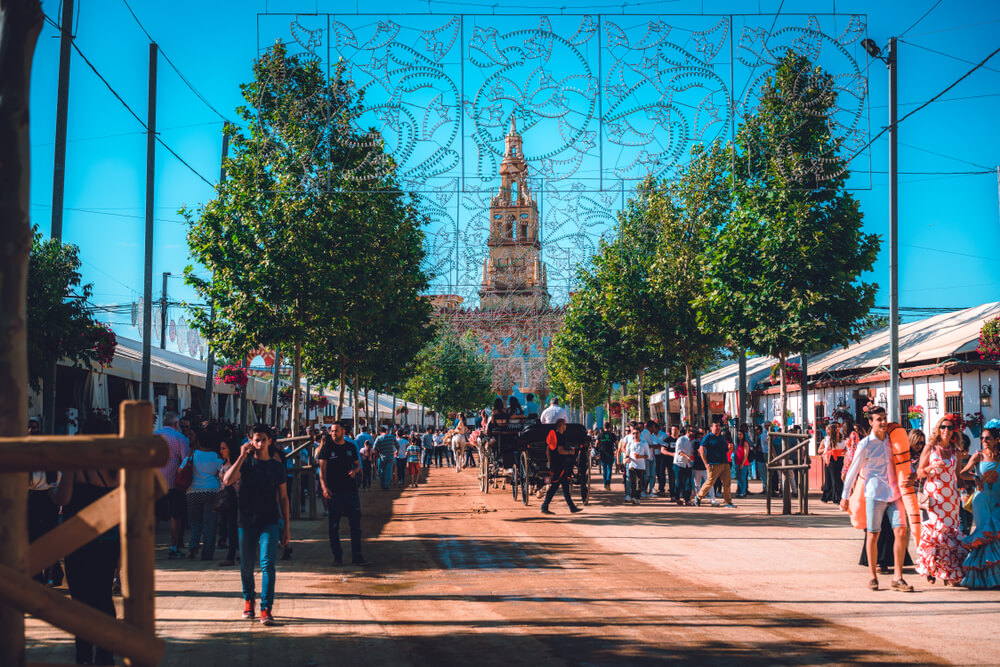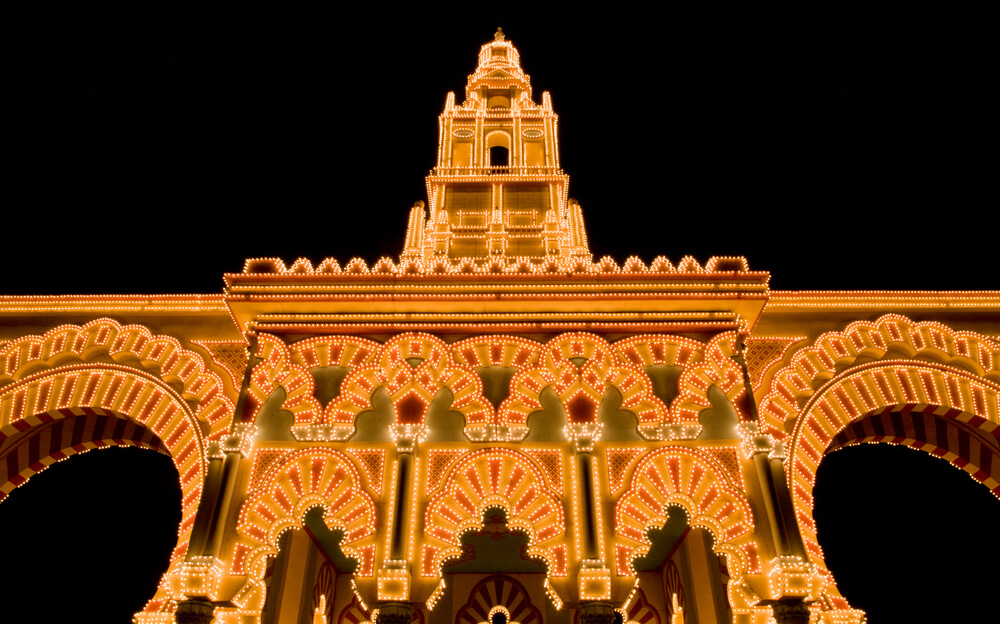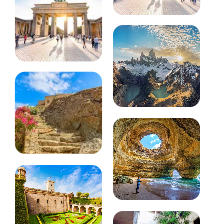The Feria de Cordoba: Andalusia celebrates!

The noise, the crowds, the colours, the music, the dancing – that’s what Andalusia is all about. At any time of year, people love to party in this great region of southern Spain. And it would be a never-ending task to list all the highlights that take place here. Nonetheless, no-one is stopping us from giving you the names of some of these festive events, such as the Feria de Cordoba, or Feria de Nuestra Señora de la Salud, for those in the know.
As May draws to a close, Cordoba pulls out all the stops during this festival celebrated in honour of the city’s patron saint. Horsemen, gypsies, flamenco dancers in ‘traje de fiesta’ and visitors from all over the world come together for a week of proudly Andalusian entertainment.
From sunrise to sunset, the passion and fervour of the Feria de Cordoba are non-stop. And no one, really no one, wants it to end!
All you need to know about this feria
From yesterday…
Bringing together several hundred thousand participants every year, both national and foreign, the Feria de Cordoba already has several centuries of existence behind it. Around 9 to be precise.
Its earliest origins date back to the time of the Castilian conquest, when King Sancho IV granted the Council of Cordoba the right to organise a livestock fair twice a year. The first took place at Cincuesma (Whitsun) and the second on the first day of Lent.
It was not until 1665 that the celebration adopted the name of Nuestra Señora de la Salud. In that year, two farmers stumbled across the image of a little Virgin at the bottom of a well, whose waters apparently had the power to heal the sick. To commemorate the event, a modest hermitage was erected on the very site of the discovery, Puerta Sevilla, which later became a fair or feria in Spanish.
Adapted and relocated several times, the Feria de Córdoba finally moved to the El Arenal exhibition centre in 1994. This latest geographical move gave it what it had always lacked until then. Space.
… to the present day
From 1284 to the 2020s, time and mentality have contributed to the evolution of the celebration. The Feria de Nuestra Señora de la Salud, better known as the Feria de Córdoba, has retained only its name from its religious past. Nowadays, it is a major annual festival for the general public, held during the last week of May and featuring concerts, dance performances, bullfights and more, as a way for the city to round off 31 days of local festivities in style.
A sort of tradition within a tradition, the Feria de Cordoba opens its doors to a poster competition each time it is held. In the early days, the city’s coat of arms took centre stage in the artistic projects. But since the 19th century, the city council has encouraged artists to give free rein to their imagination.
A wide range of entertainment
During the Feria de Córdoba, children, young and old alike are looking for one thing and one thing only: entertainment! And, clearly, there’s no shortage of ways to do just that.
Highlighting folklore
In the orderly alleys of the El Arenal fairground, requisitioned for the occasion, the entertainment comes mainly from the many stalls (around 100) stacked up against each other. These are known locally as casetas.
Open to the public free of charge, unless otherwise specified, these large pavilions are the perfect place to enjoy a real party. Flamenco and Sevillana (popular Spanish dance) shows and demonstrations of traditional costumes are perfect examples. Not forgetting all those where local and national gastronomy is the order of the day!
Although they are ephemeral gathering places, the casetas are carefully arranged for the week of celebration. The colours, lanterns, flowerpots and other ornaments are all very traditional. These details are taken very seriously, as each year a competition is held to choose the prettiest of them all.
As well as the casetas, visitors will of course have other opportunities to experience Andalusian culture. At the height of the feria, it’s rare not to attend a bullfight. And the one in Cordoba is no exception. These bullfighting spectacles take place in the ‘Los Califas’ bullring and are supervised by the most popular matadors of the moment.
But if you’re not keen on this tradition, which often ends with the bulls being put to death, you might prefer the processions of horse guards. Free from all violence, these parades are among the most remarkable highlights of the Feria de Cordoba.
Or just a spotlight
As well as folklore, other activities and euphoric moments contribute to making the Feria de Cordoba a week of pure effervescence.
The official kick-off to the festivities is usually given by the lighting up of the fairground stalls and the portada (entrance gate). This is followed by the launch of the fireworks.
Finally, for all you thrill-seekers out there, there’s the inevitable funfair, with its colourful, illuminated rides at a reduced price on Wednesday, Children’s Day.
How do I get to the Feria de Cordoba?
As anyone who has attended the event at least once will tell you, the Feria de Cordoba does not take place right in the historic centre.
You’ll be familiar with its precise location: the El Arenal fairground. On a map of the city, this puts you on the opposite bank to the modern museum “Centro de Creación Contemporánea de Andalucía”. In other words, roughly 3 km from the Plaza de la Corredera (Córdoba’s main square).
You can get there by any means of transport. It’s just a question of which one you choose.
The bus
Every year during the Feria, the Aucorsa bus company runs 13 special routes between the different districts of Córdoba and the El Arenal exhibition centre. At the end of the evening, the service continues with special buses running until the early hours of the morning. Tickets cost between €1.30 and €1.60, depending on whether you travel early or late in the day.
By car
Coming to the Feria de Córdoba by car is a perfectly feasible option. Especially for those arriving from the outskirts of the city, or even further afield. The city council has set up a number of car parks close to the festival site. The largest of these is located on the other side of the motorway, very close to the Nuevo El Arcángel stadium.
On foot
Do you like to use your legs for most of your journeys? Then you won’t mind walking to the Feria de Córdoba. Starting out from the old town, the route is child’s play. You’ll need to walk along the banks of the Guadalquivir, cross the Roman Bridge of Córdoba and then the Bridge of the Sandbank (Puente del Arenal), before arriving at one of the entrances to the fair.
200 audioguided tours for cities all around the world
Download



